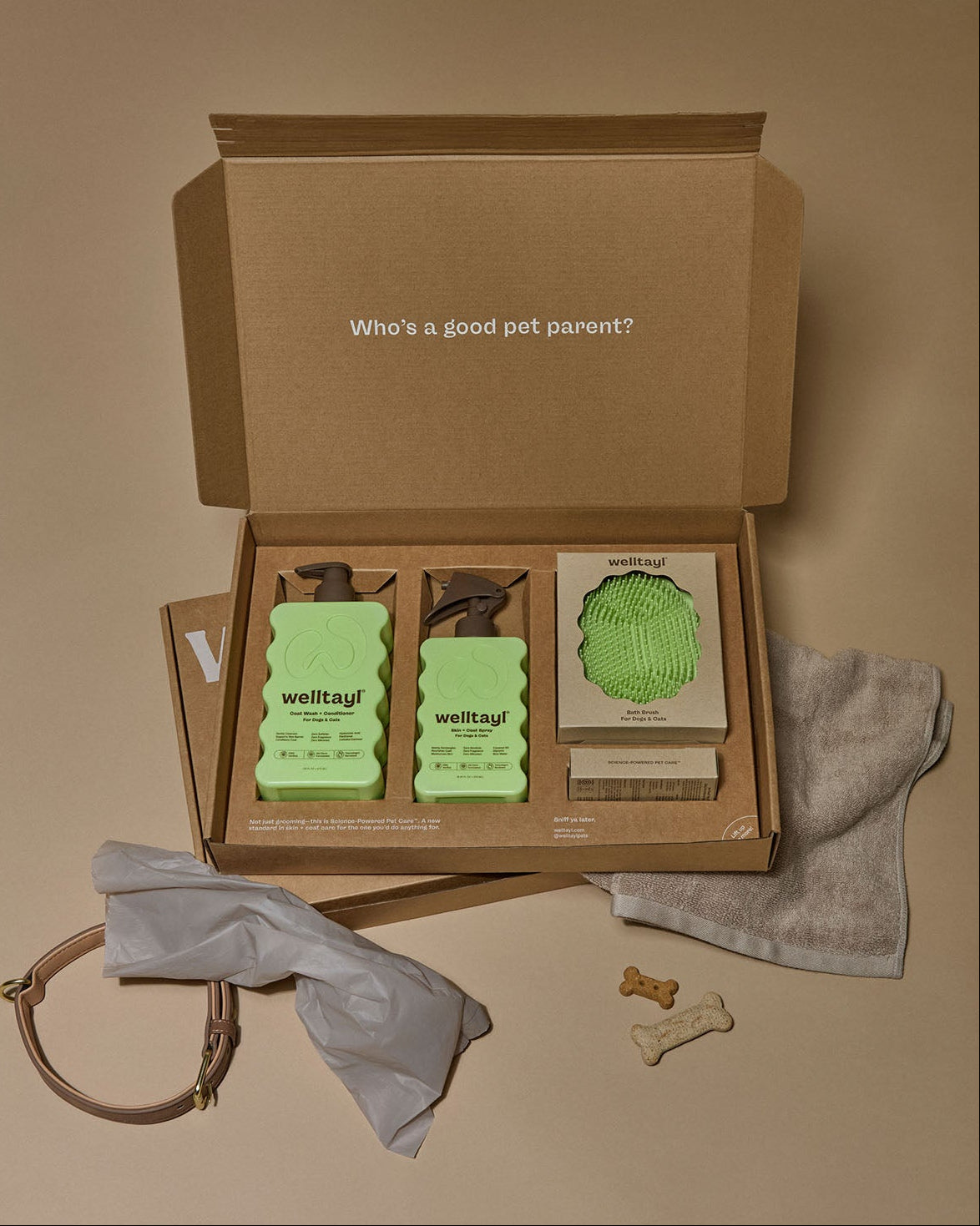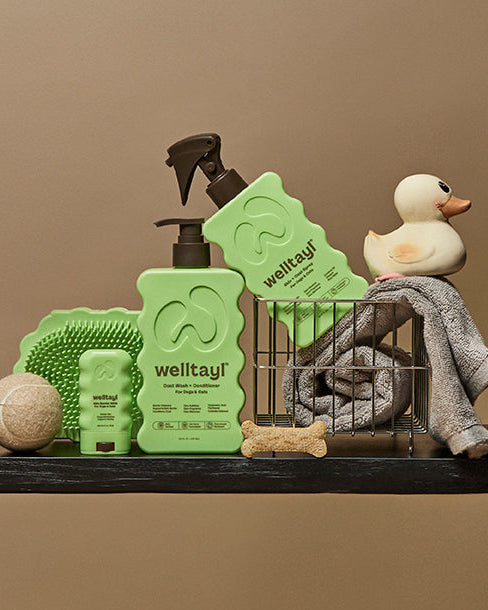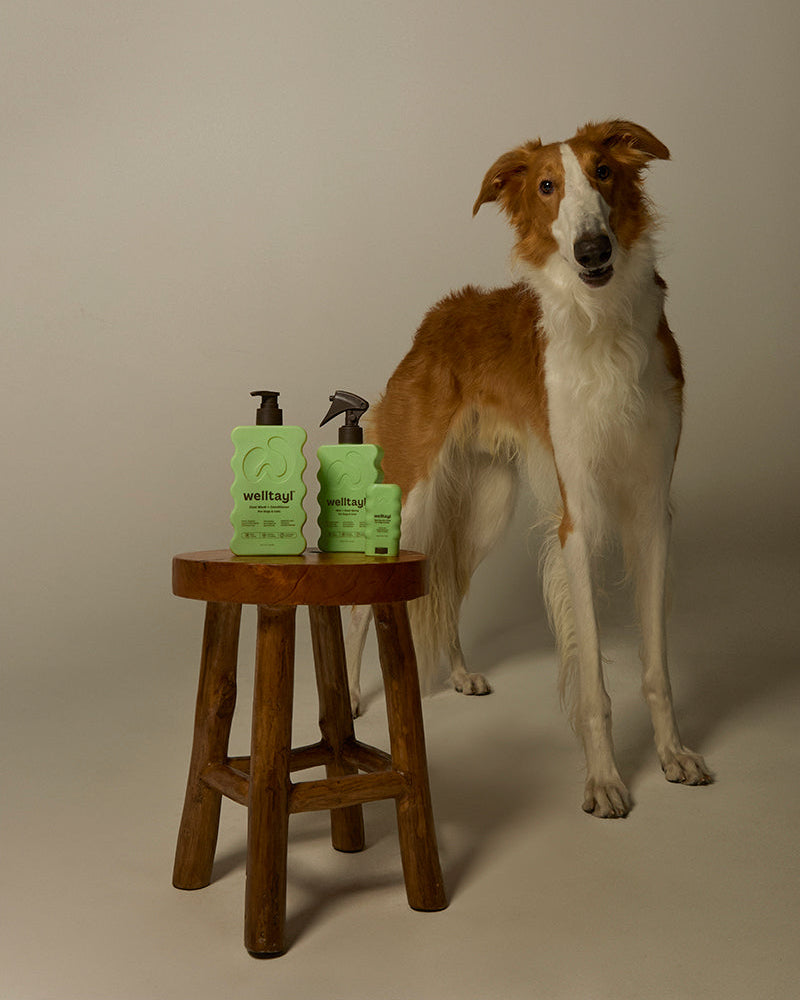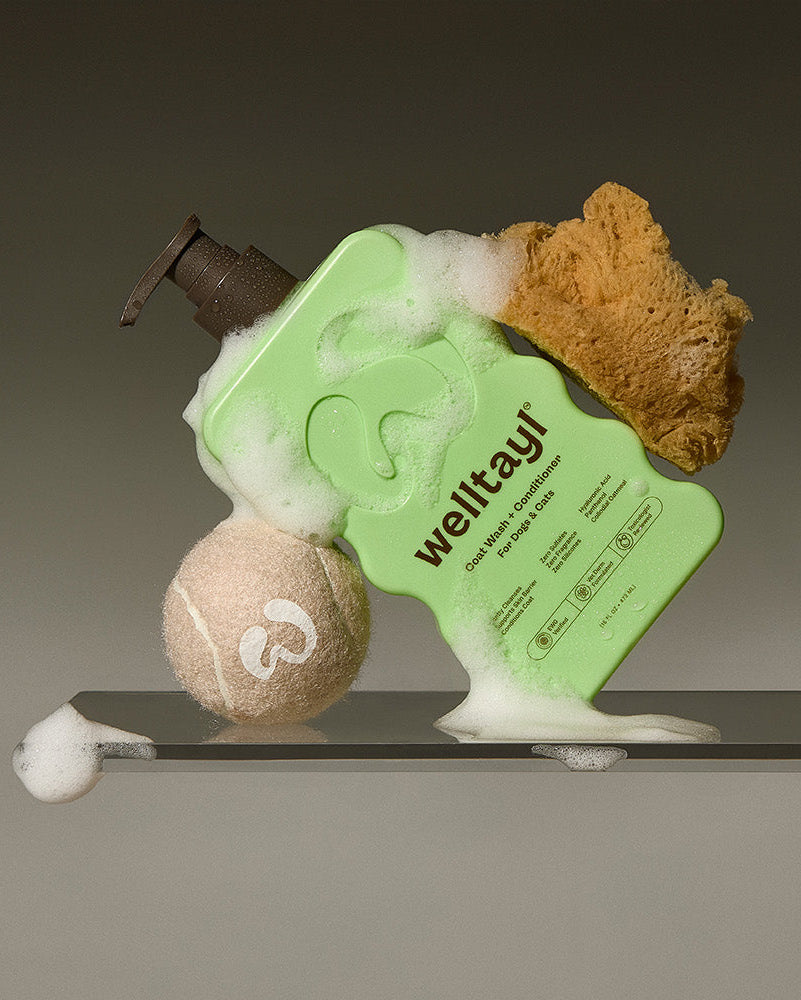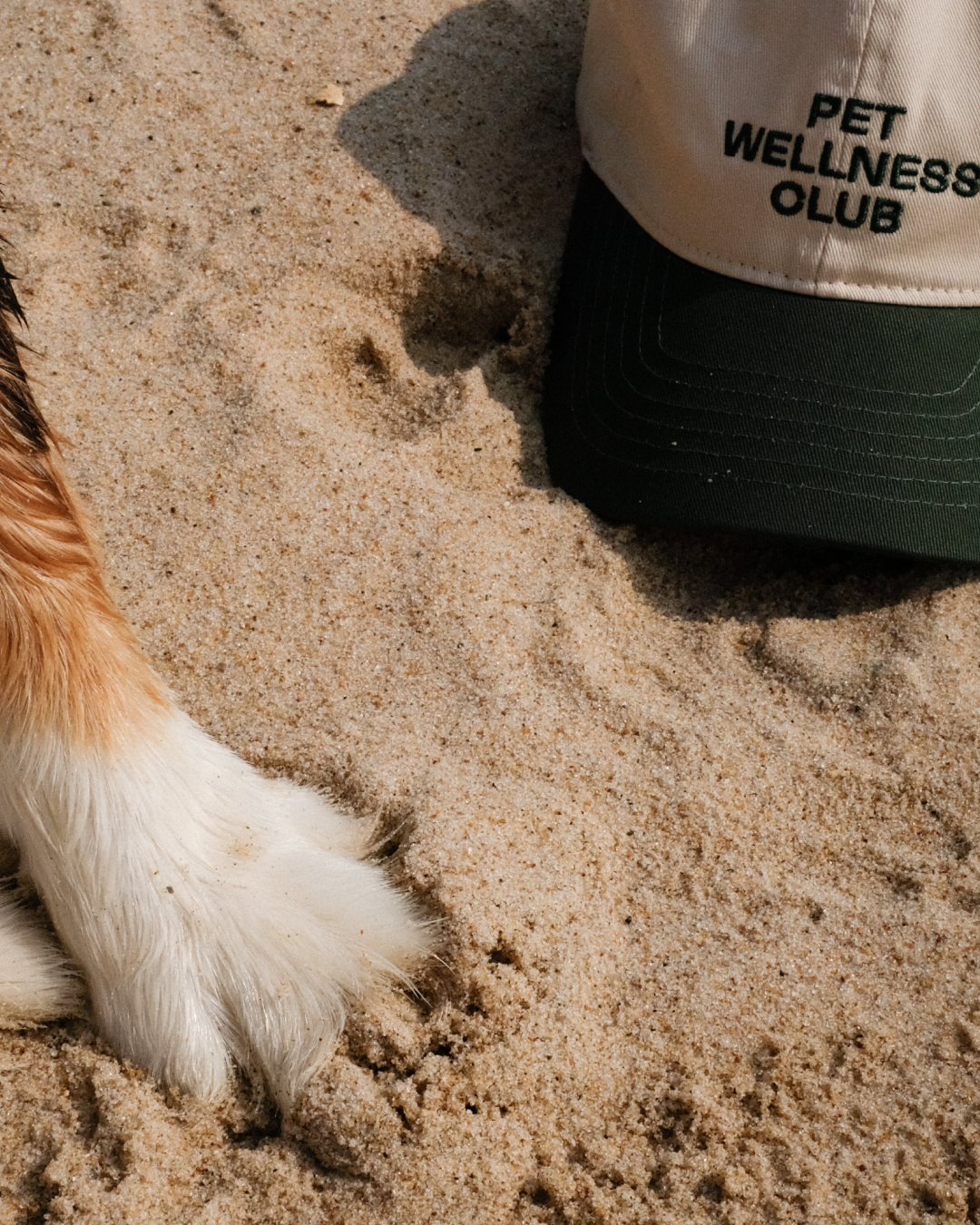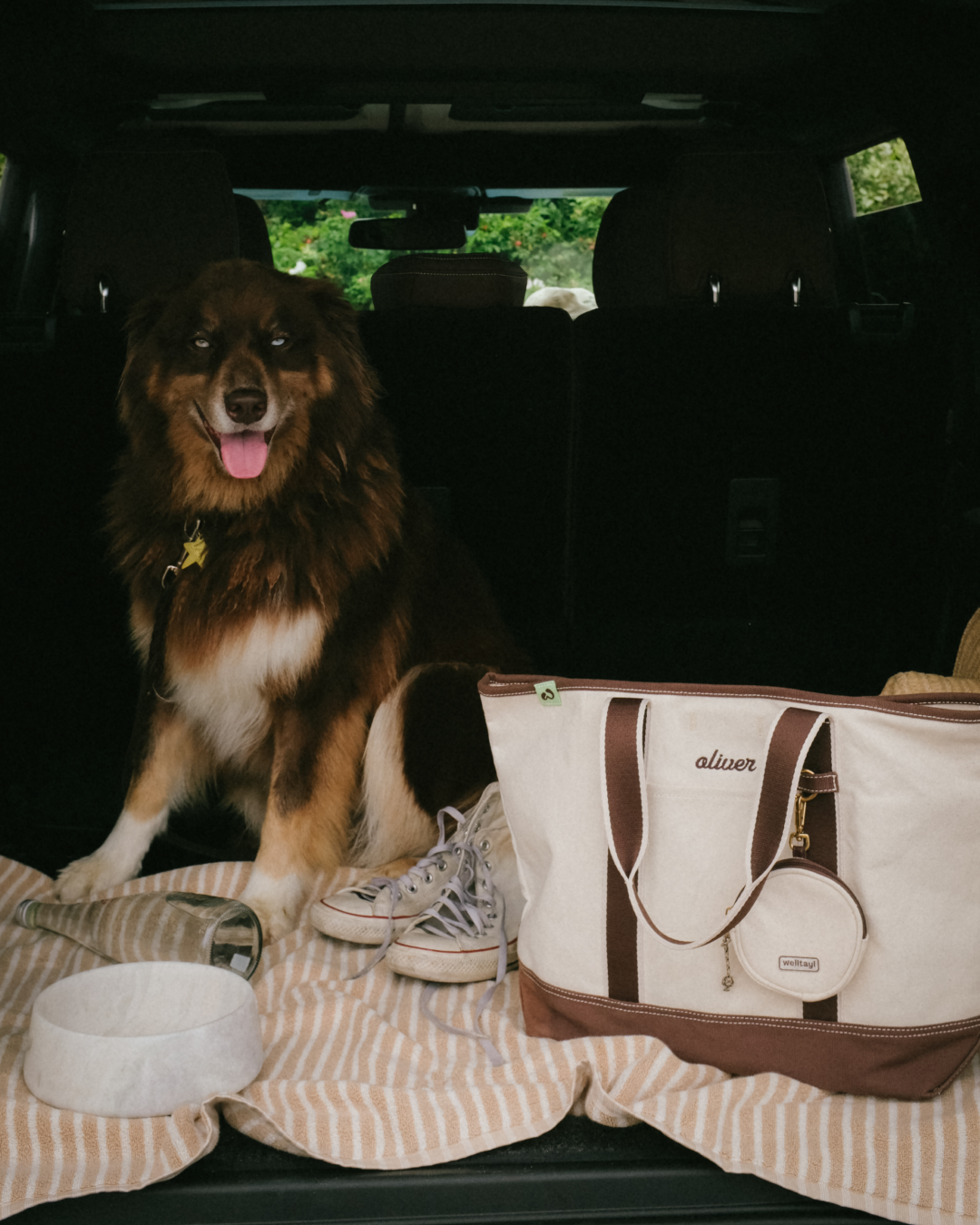Ever wondered which dog breeds stick around the longest? Some dogs are known for their impressive lifespans, living well beyond the average dog. These furry friends bring joy and companionship for many years, making them perfect for families who want a long-term buddy.
Small breeds often top the list, with some living 15 years or more. Imagine having a loyal friend from your childhood to your college days! Curious to know which breeds make the cut? Keep reading to find out which pups are known for their longevity.
Table of Contents:
Key Takeaways
- 🐾 Longevity in Small Breeds: Breeds like Chihuahuas, Yorkshire Terriers, and Maltese often live 12 to 20 years, making them ideal for long-term companionship.
- 🐶 Medium Breeds to Consider: Medium-sized breeds like Beagles, Australian Cattle Dogs, and Dachshunds offer a balance of size and lifespan, typically living 12 to 17 years.
- ✨ Unique Long-Living Breeds: Lhasa Apsos, Maltese, Papillons, and Pomeranians stand out for their impressive lifespans and unique characteristics, offering both longevity and joy.
- 🧬 Genetic Factors: Genetics significantly influence a dog’s lifespan, with smaller, long-nosed breeds often living longer than others.
- 🥗 Diet and Exercise: Providing a balanced, high-quality diet and regular exercise is crucial to extending a dog's life and promoting overall health.
- 🩺 Veterinary Care: Routine vet visits, regular vaccinations, and preventive care like dental cleanings and parasite control are essential for prolonging your dog’s life.
Overview Of Longest Living Dog Breeds
Several factors influence the lifespan of dogs, including size, breed, gender, and facial structure. Generally, smaller breeds live longer than larger breeds.
Breeds that live the longest on average:
- Chihuahua: Lives 14 to 18 years.
- Yorkshire Terrier: Lives 11 to 15 years.
- Maltese: Lives 12 to 15 years.
- Coton de Tulear: This breed, the official dog of Madagascar, has an average life span of 15 to 19 years.
- Lancashire Heelers: Lancashire Heelers live 12-15 years.

Small Breeds With Long Lifespans
Small dog breeds often impress with their extended lifespans. In this section, explore the characteristics and longevity of some well-known small breeds that can offer years of companionship.
1. Chihuahua
Chihuahuas are renowned for their longevity, often living between 14 and 18 years. Despite their petite size, they can encounter health issues. Heart disease, patellar luxation, and eye issues are common concerns. Regular vet check-ups and a balanced diet can help maintain their health.
2. Yorkshire Terrier
Yorkshire Terriers generally boast a lifespan of 11 to 15 years. This breed is relatively healthy, though they can experience specific health problems. Patellar luxation and tracheal collapse are notable issues. Maintaining a healthy weight and providing proper dental care can promote a longer, healthier life.
3. Toy Poodle
Toy Poodles typically live between 10 to 18 years. They are known for their vibrant and intelligent nature. Though generally healthy, they can be prone to eye problems, autoimmune disorders, and dental issues. Regular eye check-ups, dental hygiene, and a balanced diet can support their health and longevity.
4. Shih Tzu
Shih Tzus often live between 10 and 18 years. This breed, with its distinctive appearance, can face health issues such as brachycephalic syndrome, eye problems, and dental issues. Keeping them at a healthy weight, ensuring regular vet visits, and monitoring their breathing can help maintain their quality of life.
For more information on your dog and tips on your dog’s longevity, join the Welltayl newsletter! It’s easy and full of vet-approved knowledge and useful advice for dog lovers like you.

Medium Breeds With Long Lifespans
When selecting a dog with a long lifespan, medium-sized breeds offer an excellent balance of size and longevity. Here are some notable breeds known for their long lives.
1. Beagle
Beagles, generally medium-sized, have an average life expectancy of 10 to 15 years. Known for their friendly, curious, and energetic personalities, Beagles make great family pets. Despite their robust health, they can be prone to hip dysplasia, eye problems, and obesity. Regular vet check-ups and a balanced diet help manage these issues, promoting a longer, healthier life.
2. Australian Cattle Dog
Australian Cattle Dogs are known for their intelligence, energy, and loyalty, although they can be a little stubborn. They typically live between 12 and 16 years. This breed remains generally healthy but can be susceptible to deafness, blindness, and obesity. Providing regular exercise and mental stimulation can help maintain their health and vitality over the years.
3. Dachshund
Dachshunds, often classified as small to medium-sized, are another long-living breed. With an average lifespan of 12 to 16 years, Dachshunds are affectionate and lively. They are, however, prone to intervertebral disc disease due to their long backs. Preventing obesity and avoiding activities that strain their spines can mitigate these risks.
4. Miniature Schnauzer
Miniature Schnauzers, known for their distinct beards and eyebrows, typically live 12 to 15 years. These intelligent and spirited dogs are relatively healthy but can suffer from conditions like pancreatitis and hyperlipidemia. To maximize their lifespan, maintain a balanced, high-quality diet, regular exercise, and routine vet visits to monitor and manage potential health issues.
Unique Long-Living Breeds
Explore some of the dog breeds known for their impressive lifespans. These breeds provide not only long-term companionship, but also unique characteristics that add joy to any household.
1. Lhasa Apso
Lhasa Apsos typically live between 12 and 15 years. Originally bred as watch dogs in monasteries and palaces, they now often serve as beloved lap dogs. With long, silky fur, they require regular grooming to maintain their appearance. Known for their loyalty and affection, Lhasa Apsos form strong bonds with their families, making them excellent companions.
2. Maltese
Maltese dogs usually live between 12 and 15 years. With a history dating back at least 2,000 years, this breed has a rich legacy, even being worshiped by ancient Egyptians. They have long, silky white hair that demands frequent grooming. Their gentle manner and affectionate nature make them wonderful pets for families.
3. Papillon
Papillons typically live between 14 and 16 years. Known for their butterfly-like ears, Papillons are small dogs with a remarkable lifespan. They are highly active and intelligent, requiring regular mental stimulation and exercise. Their friendly and social demeanor makes them great companions for households looking for an energetic and interactive pet.
4. Pomeranian
Pomeranians often live between 12 and 16 years. These small, fluffy dogs are known for their vivacious and bold personalities. With a dense double coat that requires consistent grooming, Pomeranians can be quite the show-stopper. They are highly trainable and thrive in environments where they can be the center of attention. Their spirited and loving nature makes them ideal for those seeking a lively and loyal companion.
Factors Contributing To Longevity in Dogs
The lifespan of dogs hinges on several components, significantly impacting their overall health and longevity.
Genetics
Genetics play a crucial role in determining the lifespan of different dog breeds. Certain breeds possess genetic traits that extend their life expectancy. Smaller, long-nosed breeds like Lancashire Heelers and Dachshunds often live longer than smaller, smush-faced breeds. Interestingly, mixed breed dogs generally live longer than purebred ones, likely due to having more diversity in their genetics.
Diet And Exercise
Proper diet and regular exercise significantly impact a dog’s lifespan. Balanced nutrition supports essential bodily functions and strengthens the immune system. Foods rich in high-quality proteins, healthy fats, and essential vitamins are crucial. Avoid overfeeding to limit risks of obesity-related issues like diabetes, early arthritis and heart disease. Daily exercise enhances cardiovascular health, supports muscle mass, and promotes mental well-being. For example, daily walks and interactive play sessions can keep both body and mind enriched.
Regular Veterinary Care
Regular veterinary care is vital for extending a dog's life. Routine check-ups enable early detection and treatment of health issues, leading to better outcomes. Annual vaccinations protect against various diseases. Dental cleanings prevent oral health problems that can impact overall health. Parasite control is essential to avoid illnesses like heartworms and tick-borne diseases. Combine these measures with your vet’s guidance to tailor health plans specific to your dog’s breed, age, exposure risk and health status.
By focusing on these factors, you can contribute to a longer, healthier life for your dog.
Conclusion
Choosing a dog breed with a long lifespan means years of joy and companionship. Small breeds like Chihuahuas and Yorkshire Terriers, as well as medium-sized breeds like Beagles and Australian Cattle Dogs, offer extended lifespans and unique characteristics.
Remember, genetics play a significant role, but proper diet, exercise, and regular vet check-ups are crucial for maintaining your dog's health. By focusing on these factors, you're not just extending your dog's life, but also enhancing their quality of life.
Investing in a long-living breed ensures you'll have a loyal friend by your side for many wonderful years.
Stay Updated with More Pet Knowledge!
For more pet info and knowledge, consider signing up for the Welltayl newsletter. It's packed with helpful advice tailored for dog owners like you, ensuring your furry friends stay healthy and happy. Sign up today and keep up to date with the latest in pet care.
Frequently Asked Questions
Which small dog breed has the longest lifespan?
The Lancashire Heeler has one of the longest life expectancies among small breeds, averaging around 15 years.
What factors influence a dog's lifespan?
Factors such as size, breed, gender, facial structure, diet, exercise, and regular veterinary care influence a dog's lifespan. Smaller breeds generally live longer than larger ones.
How long do Chihuahuas typically live?
Chihuahuas typically live between 14 to 18 years, making them one of the longest-living small dog breeds.
Can regular vet check-ups extend a dog's life?
Yes, regular veterinary check-ups enable early detection of health issues, allowing for timely intervention and management, which can contribute to a longer, healthier life for your dog.
What role does diet play in a dog's longevity?
A balanced diet is crucial for maintaining a dog's health and longevity. Proper nutrition helps prevent obesity and related health problems, contributing to a longer lifespan.
Do genetics impact how long a dog will live?
Yes, genetics significantly impact a dog's lifespan. Breeds with strong genetic predisposition for certain health conditions may have shorter lifespans, whereas healthier genetic lines often live longer.
How can I help my dog live a longer, healthier life?
To promote longevity, provide a balanced diet, regular exercise, and routine veterinary care. Managing stress and maintaining a healthy weight are also key factors.
Resources:
Read more
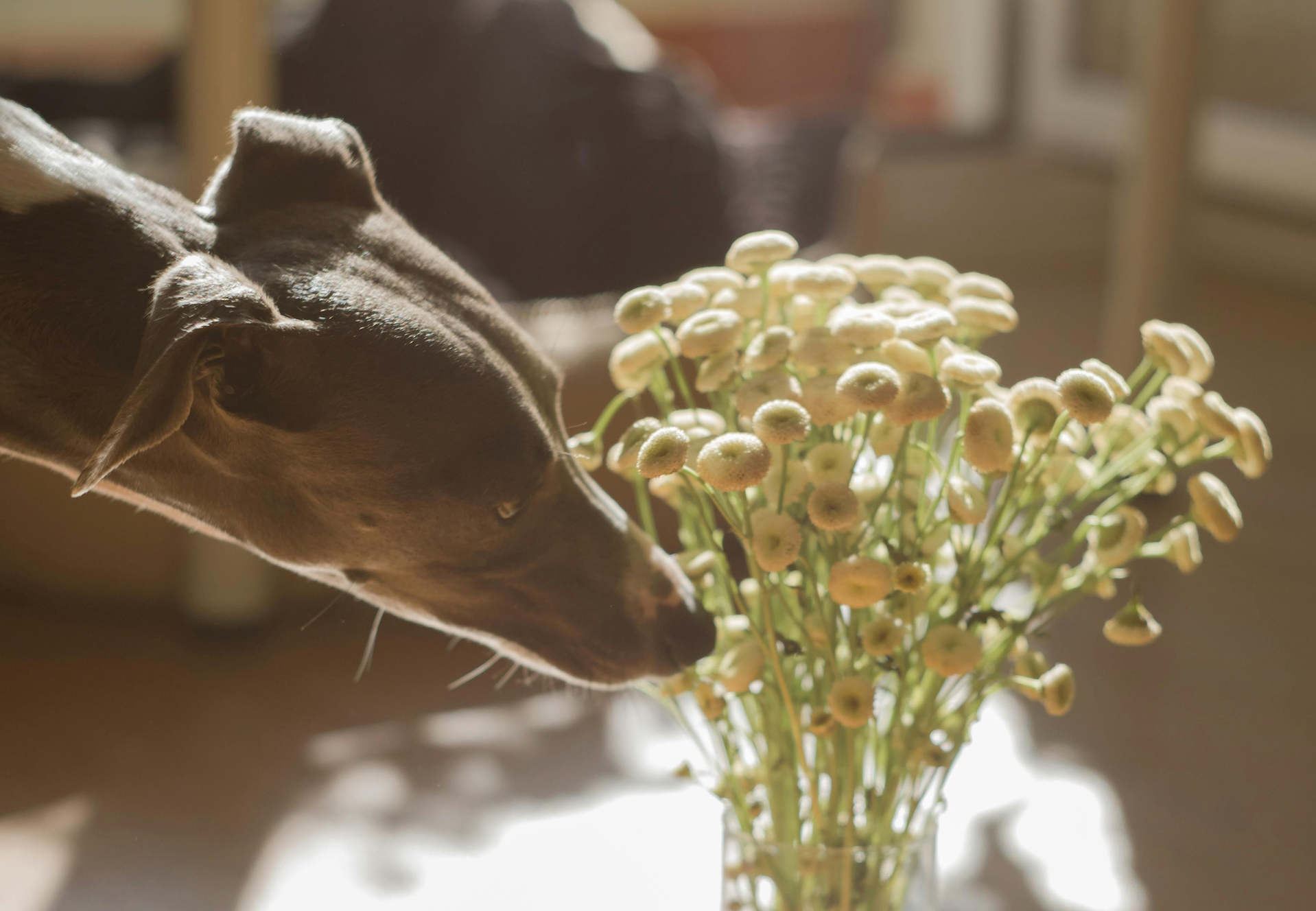
Learn about foods, plants, and household hazards harmful to dogs. Identify symptoms of toxicity and respond quickly to keep your dog safe. Take action now!

Winter can be a magical time for you and your dog, with snowy walks and playful romps in the cold. But while your furry friend might love the chilly weather, their paws may need some extra attentio...

